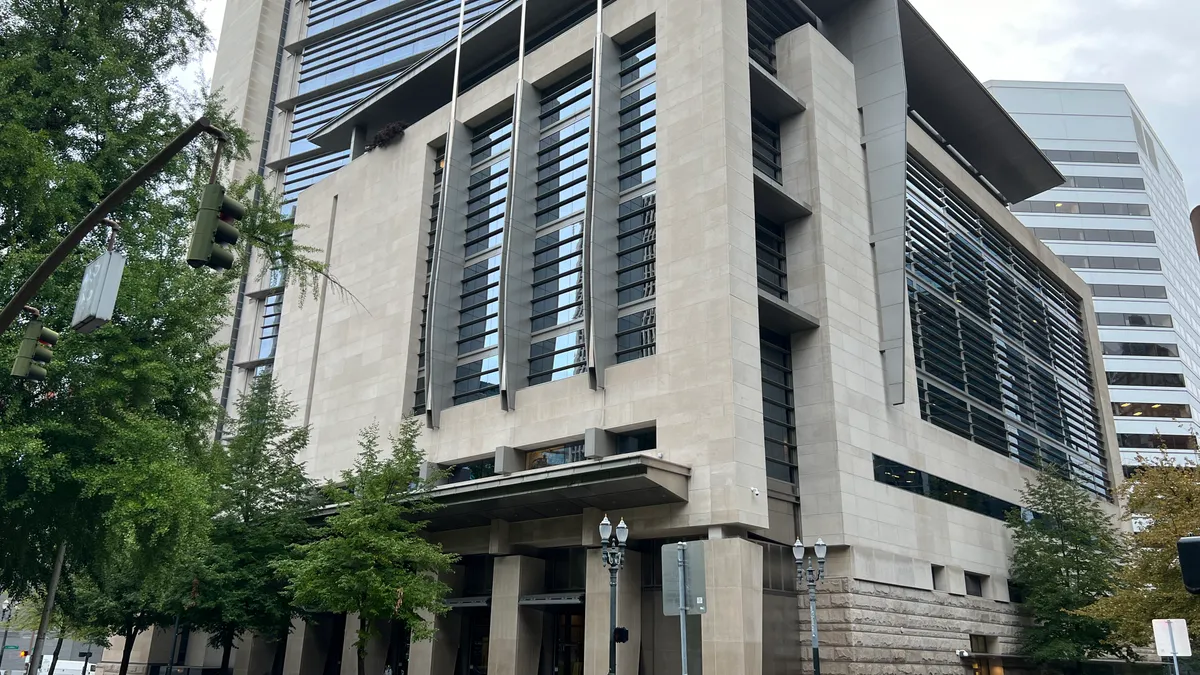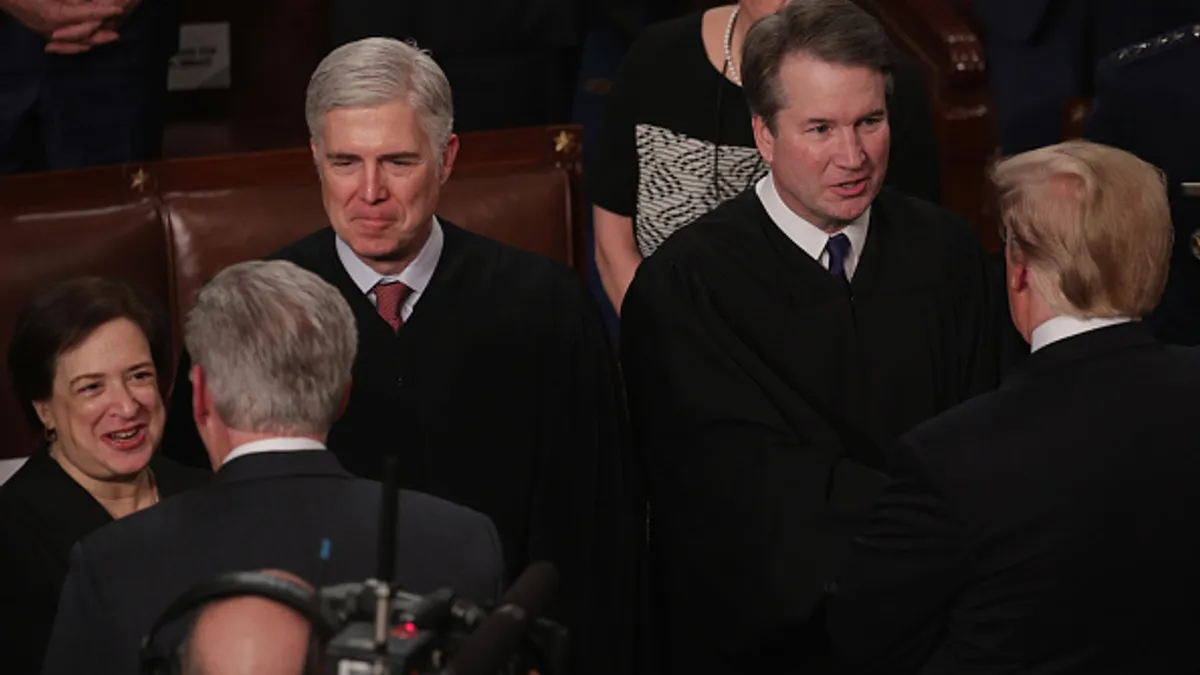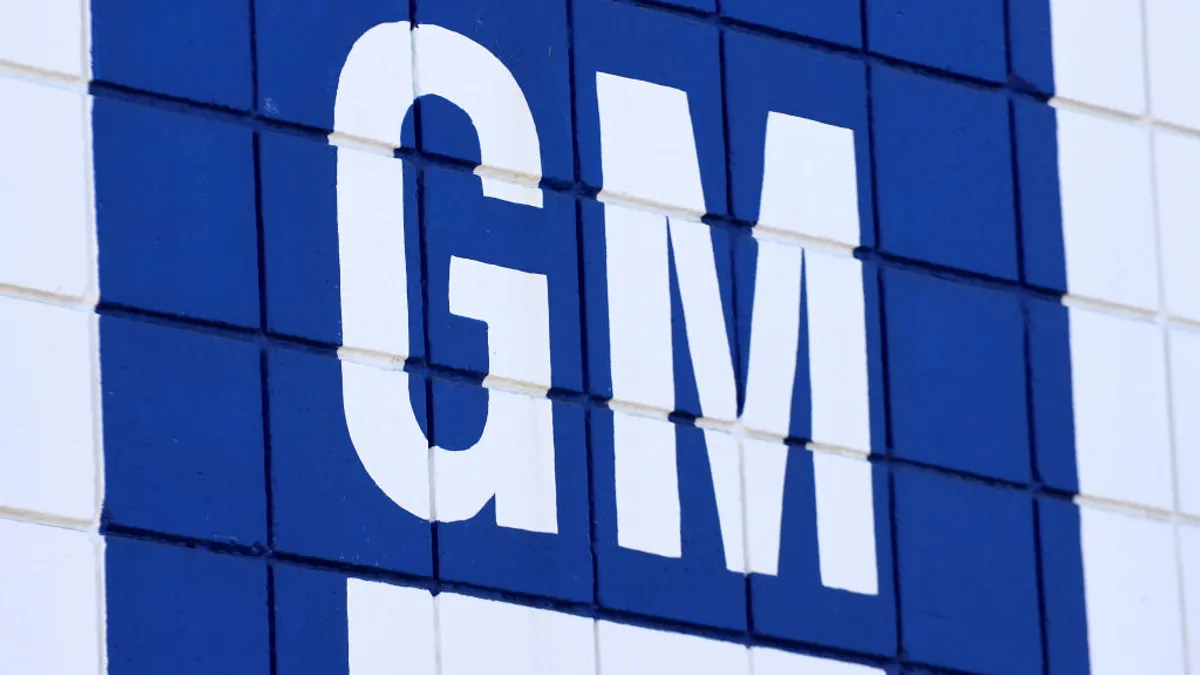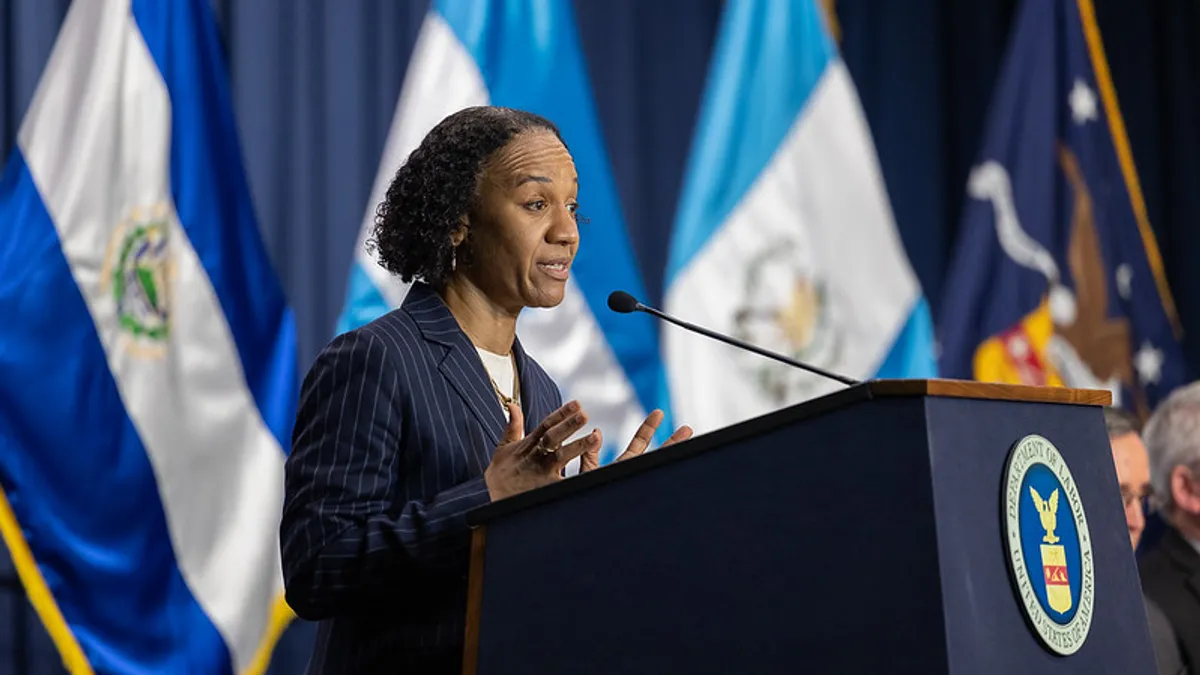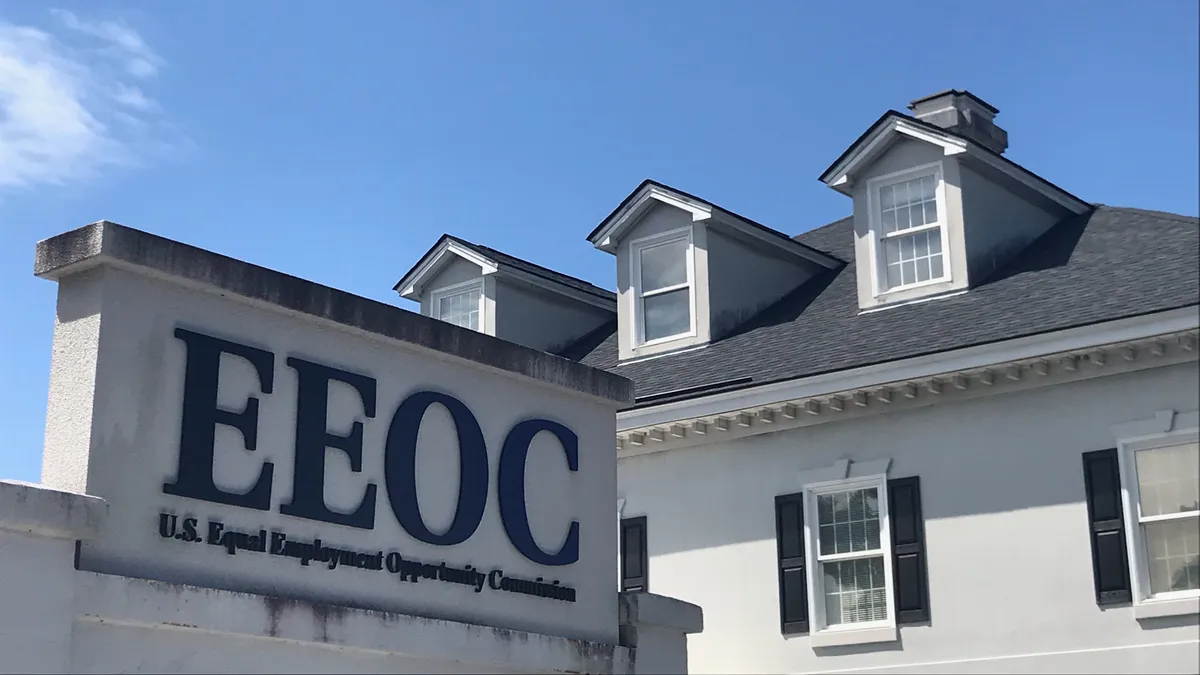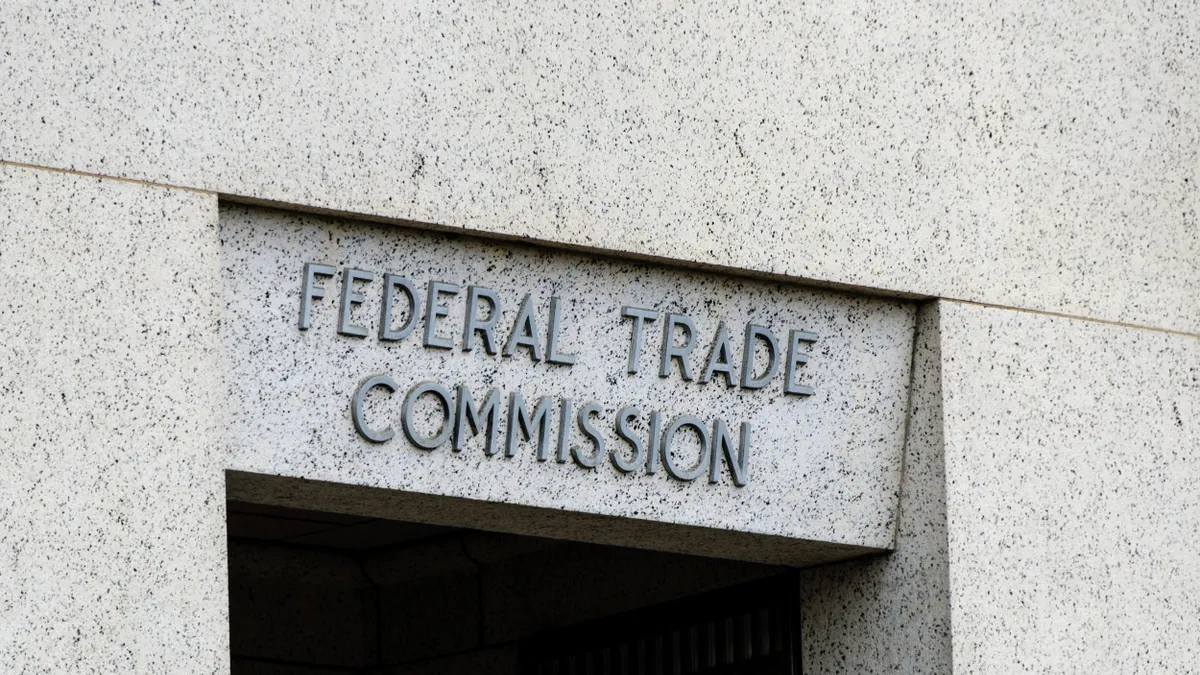PORTLAND, Oregon — The court case that could have a major impact on how groceries are sold in the U.S. is now in a federal judge’s hands.
On Tuesday, lawyers on both sides of the Federal Trade Commission’s challenge to Kroger’s proposed acquisition of Albertsons made their closing arguments. Those arguments, delivered in a courtroom on the 14th floor of the federal courthouse in downtown Portland, emphasized each side’s vision for the impact the nearly $25 billion proposed supermarket merger could have on consumers and the food retail industry if allowed to proceed.
Market definition, competition and the supermarket chains’ divestiture remedy were at the heart of the legal teams’ closing arguments before Judge Adrienne Nelson, who said her decision on whether or not to issue a preliminary injunction blocking the merger would come at an undetermined later date.
While the FTC’s legal team drilled into legal precedent and detailed the impact the merger would have on local markets, Kroger’s attorneys emphasized a more expansive view of the deal — one that positions a combined Kroger and Albertsons as an imperative for both companies and a much-needed check against industry giants like Walmart, Amazon and Costco.
And while the FTC’s attorneys characterized Kroger’s plan to divest hundreds of stores to C&S Wholesale Grocers as broken and ill-conceived, lawyers for the two supermarket chains said the plan would help launch a new industry competitor that is well-capitalized and expertly led.
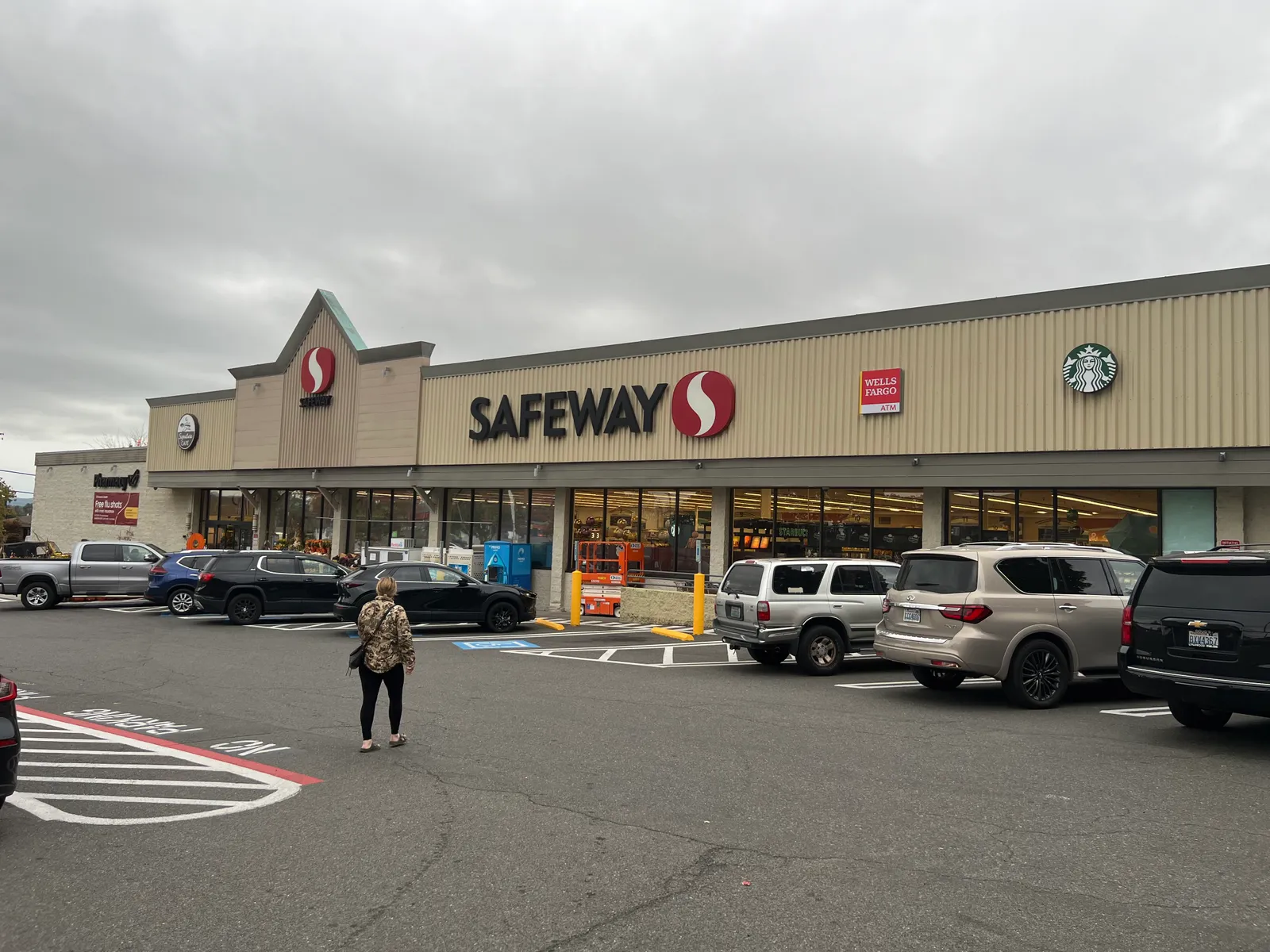
Two opposing views on one-stop shopping
According to the FTC’s lawyers, supermarkets are a unique and valuable food shopping format that offer the sort of one-stop shopping trip that many consumers still value. If the top two supermarket chains in the U.S. were allowed to combine, that would eliminate a competitive balance that helps keep both companies’ pricing, innovation and service levels in check, they claimed.
Susan Musser, the FTC’s chief trial counsel, acknowledged the argument put forth by Kroger and Albertsons that many shoppers in the U.S. visit a variety of stores — not just supermarkets — to get all the food they need, and that Walmart has become a formidable industry competitor.
But not every community offers convenient access to numerous grocery shopping outlets, she noted, and not every community has a Walmart in it. In many markets, Kroger and Albertsons are the dominant grocery options, and their combination would create a high level of market concentration in those markets, she said, pointing to expert testimony that identified upwards of 1,500 stores in markets that would be considered “anti-competitive” after the merger.
“Assuming multiple shopping trips ignores the reality in local communities across the country,” Musser said.
The grocers’ attorneys, in response, attempted to paint the FTC as out of touch with the realities of the grocery industry and today’s shoppers.
Kroger attorney Matt Wolf noted that the threat posed by Walmart, Amazon, Aldi and Costco is an existential one for the supermarket chains. The efficiencies Kroger is able to gain through its proposed merger, he said, will allow it to lower its prices across the country and also pressure competitors to lower theirs. Albertsons stores, which on average price their goods 10% to 12% higher than Kroger, will see prices come down through the deal, Wolf said.
Similarly, Albertsons attorney Enu Mainigi said the company is looking to merge with Kroger because it needs to do something “transformative” in order to overcome mounting industry pressures.
“The industry is evolving faster than Albertsons can keep up,” she said.
Wolf said the FTC’s case ignores the fact that many shoppers are willing to drive further to get to a Costco or Walmart than they are to get to a supermarket. He contested the FTC’s focus on one-stop shopping, characterizing it as an antiquated way of analyzing how people shop.
“We don’t have to worry about this definition because it’s archaic,” he said.
Wolf emphasized Kroger’s commitment to invest $1 billion in lowering prices if its merger is allowed to go through. Musser, however, contended that this pledge is not legally binding and shouldn’t be factored into Nelson’s decision.
“Executives have a fiduciary duty not to shoppers, but to shareholders,” Musser said. “Experience tells us that promises can be broken.
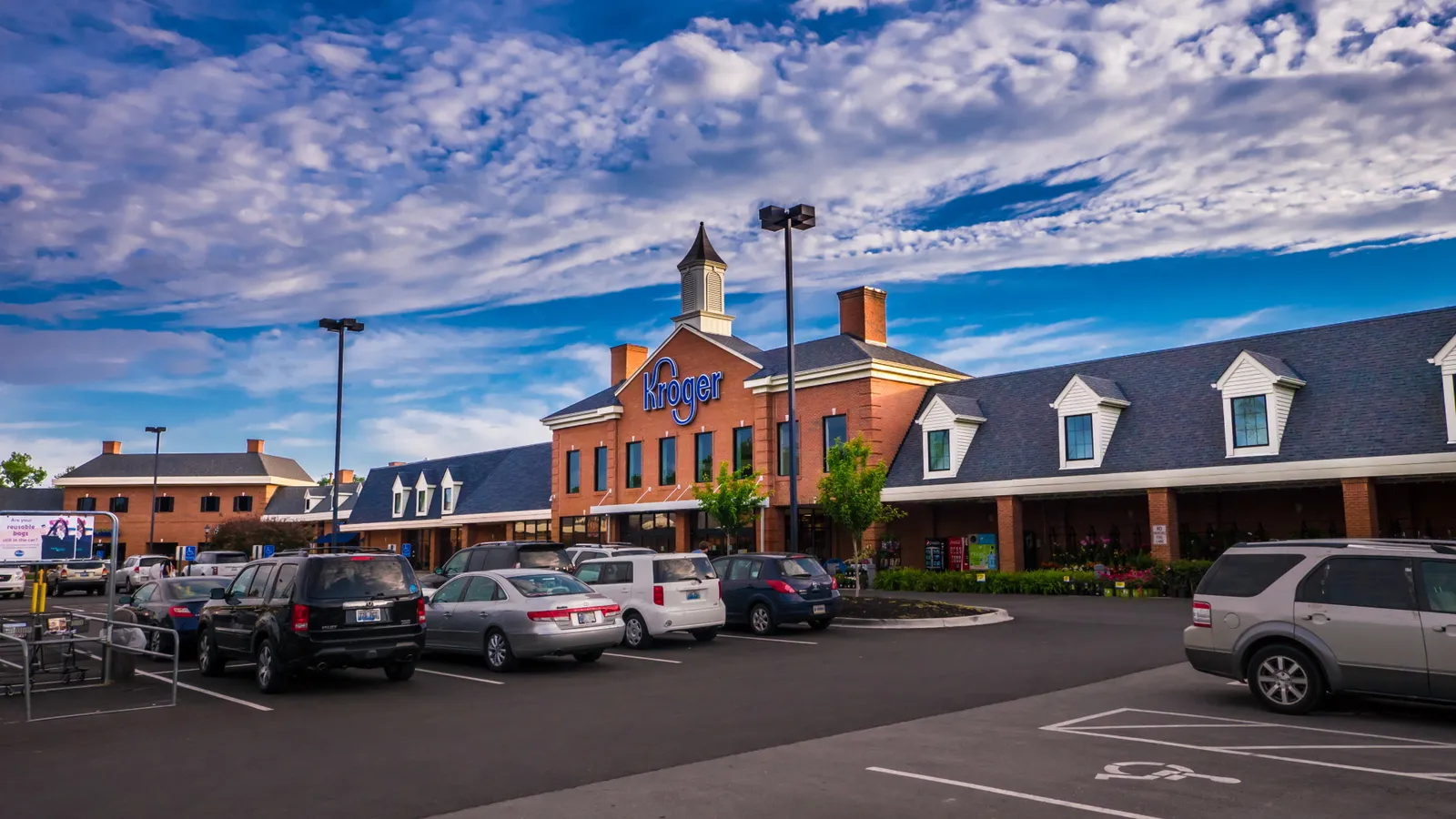
Sparring over C&S
Musser and her colleague, Laura Hall, also implored the judge to reject the supermarket companies’ divestiture plan, which would see C&S Wholesale Grocers inherit nearly 600 supermarkets across 18 states and Washington, D.C.
Hall characterized C&S as a poor store operator that would have no incentive to retain the stores it acquires through the deal. She noted that C&S would have to compete with a combined Kroger-Albertsons using an inferior set of assets provided by those companies, including the underwhelming QFC, Haggen, Carr’s and Mariano’s banners and private label brands that collectively account for just 15% of Albertsons’ store brand sales.
The merger would provide Kroger with ample scale but would leave C&S with none of those scale benefits given the “hodgepodge” of assets under the deal, Hall said.
Hall asserted C&S will also have to rely on third-party partnerships to manage capabilities like retail media and e-commerce that Kroger currently operates in-house. This all falls far short of replacing the competitive intensity that previously existed in these markets, she noted.
“C&S’s wholesale network does not make up for the lack of scale,” Hall said.
Kroger shot back at the FTC’s claims. Wolf characterized the resources provided to the wholesaler as “staggering” and said C&S did its homework when deciding whether or not it would take on the stores from Kroger and Albertsons.
Wolf noted that the two largest chains C&S is getting, QFC and Mariano’s, don’t have to compete with Walmart.
“C&S identified the risk. They didn’t just bury their heads in the sand,” Wolf said.
He argued that the FTC was engaging in “conspiracy theories” by saying C&S might sell off or close stores that it takes over.
Mainigi, meanwhile, played up the experience of Susan Morris, Albertsons’ chief operating officer, who is slated to head up C&S’s retail stores division if the merger goes through. Morris has nearly four decades of grocery industry experience across a range of divisions, which includes re-bannering stores — a task C&S would have to complete for more than 200 of the divested stores.
“There is no one more qualified to run these stores than Susan Morris, and run them well,” Mainigi said.
The two sides also sparred over the impact the proposed merger would have on store workers. The FTC’s legal team on Tuesday noted that close competition between Kroger and Albertsons gives union workers leverage to gain better wages and other benefits. The supermarkets’ legal team, on the other hand, emphasized the expanded union labor force and benefits that would come as a result of the merger.
It’s unclear what sort of impact these arguments will have on Nelson, who said Tuesday that she would work quickly to issue a decision but gave no specific date.
Experts have argued that the deal has taken too long to come to fruition amid mounting legal costs and rapid growth from the same rivals pressuring Kroger and Albertsons. One firm, CFRA Research, estimates there’s a roughly 20% chance the merger goes through, according to Arun Sundaram, one of the firm’s analysts.
In addition, Kroger and Albertsons must navigate two other legal challenges, one in Washington state and the other in Colorado. The two supermarket chains overlap significantly in Washington, and combined account for more than 50% of the state’s grocery sales, according to the lawsuit filed by Washington Attorney General Bob Ferguson.
The Washington state trial kicked off Monday in a Seattle courtroom while the Colorado trial is set to begin Sept. 30



